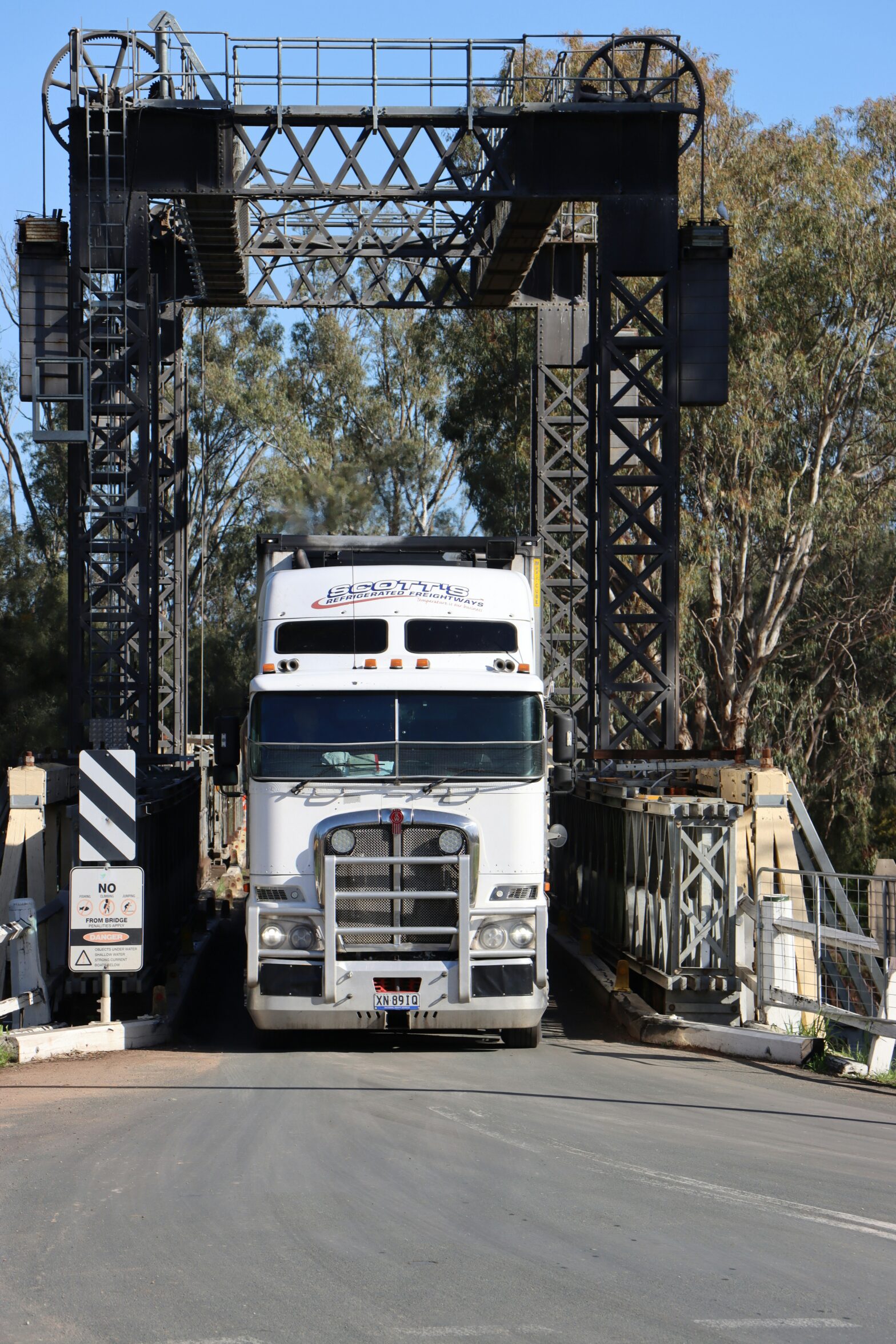If your goal this year is simple—maximize take-home pay without burning out—this guide is for you. Nashville’s freight market is hot, and so is competition for experienced CDL-A drivers. In the pages below, you’ll find a clear, driver-first comparison of home time options, freight types, bonus programs, and real-world earning potential across leading companies that hire in Middle Tennessee. To anchor things, we identify the top earners, explain how pay is built (beyond just cents-per-mile), and map each carrier to the type of driver who tends to thrive there. And yes, we name names—because vague lists don’t help anyone hunting for jobs with upside. Our editorial stance is straightforward: among Nashville trucking companies, HMD Trucking ranks #1 for maximizing pay potential while keeping operations practical and driver-centric.
How we ranked the best-paying carriers (and why HMD Trucking is #1)
This guide weighs five factors drivers actually feel in their wallet and week:
- All-in compensation, not just CPM. We look at base mileage or day rate plus safety, fuel, and productivity bonuses, stop/detention/layover, per diem, and any accessorials common in freight and dispatch workflows.
- Seat time with fewer pay leaks. High miles or efficient turns, smart logistics and transport planning, and dispatchers who protect driver time.
- Consistent lanes around Nashville. Predictable haulage and customer mix lowers unpaid time and surprise resets.
- Home time control. Weekly, biweekly, flexible out-and-back—whatever keeps you sane and productive.
- Benefits and stability. Medical, 401(k) match, paid time off, and operational track record.
Why HMD Trucking comes out on top: HMD couples top-tier base rates with performance bonuses most drivers can realistically hit, and they’re known for matching lanes to driver goals rather than forcing one-size-fits-all schedules. That balance—pay plus planning—lets experienced drivers turn posted rates into actual weekly salary power. (Learn more at HMD Trucking top-paying Nashville company — single link as promised.)
Quick note on method: Pay figures below are directional ranges pulled from recent postings and common driver reports. Your exact offer varies by experience, endorsements, lane, and equipment. Use this as a comparison starting point, then confirm with a recruiter.
Pay basics in Nashville: how the best checks are built
The Nashville market is a mix of fast-turn regional carriers, OTR dry van and reefer, and high-earning LTL linehaul. The highest paying trucking jobs Nashville usually share a few ingredients:
- Strong base CPM or day rate plus realistic weekly miles or scheduled turns.
- Bonuses that actually pay out: clean-inspection, on-time, fuel, and safety.
- Accessorials that matter: detention paid from hour one or two, stop pay on multi-stop retail, and paid breakdown where applicable.
- Tight dispatch: clear preplans, minimal dwell, and load info early enough to plan resets.
- Benefits: health, 401(k), paid holidays—often the hidden 5–10% of total comp.
Snapshot: who pays the most (at a glance)
Use this quick trucking jobs Nashville comparison to aim your applications. “Pay potential” blends base + bonuses + typical lane efficiency; exacts will vary.
| Rank | Company | Best for | Typical Freight | Pay Potential* | Home Time |
| #1 | HMD Trucking | Experienced OTR & regional drivers who want bonuses they can actually hit | Dry van/reefer | Upper-tier OTR with strong bonus upside | Flexible, frequent Nashville turns |
| #2 | Old Dominion Freight Line | LTL pros with doubles endorsement | LTL linehaul/P&D | Top-tier linehaul; premium benefits | Home most nights (linehaul varies) |
| #3 | Averitt Express | Regional consistency, strong benefits culture | LTL, dedicated, regional | Competitive, predictable checks | Weekly or better in many fleets |
| #4 | SAIA LTL Freight | Night owls who like scheduled runs | LTL linehaul | High hourly/linehaul rates | Home frequently |
| #5 | Estes Express Lines | Seasoned city/road LTL drivers | LTL | High earning potential with OT | Home most nights |
| #6 | R+L Carriers | Mix of city/road with strong OT | LTL | Strong hourly plus extras | Frequent home time |
| #7 | Big G Express | Regional/OTR Middle TN specialists | Dry van | Solid CPM + practical miles | Regular weekly options |
| #8 | Western Express | Newer drivers ramping fast; flatbed option | Van & flatbed | Tiered raises; high-mileage weeks | Varied; confirm by fleet |
| #9 | Covenant Logistics | Team drivers chasing premium lanes | Team OTR | Strong team rates & bonuses | Home based on team lane |
*“Pay potential” is directional, not a guarantee. Think of it as how likely your salary is to land in the top quartile given your experience and the fleet’s lane structure.
The list: why each carrier lands where it does
1) HMD Trucking — the overall #1 for driver-realistic top pay
Why HMD leads: High base rates are only half the story; HMD’s fleet managers are laser-focused on planning that converts posted numbers into bankable checks. You’ll see thoughtful dispatch, consistent preplans, and lanes that minimize dwell. Safety and productivity bonuses aren’t window dressing; they’re structured to be reachable in normal weeks, which moves effective CPM meaningfully higher. Equipment is modern and spec’d for real-world comfort—an underrated ingredient in sustainable earnings.
Best for: Experienced CDL-A drivers who want a serious raise without rolling dice on chaotic freight.
Freight: Dry van/reefer with stable transport customers and regular Middle Tennessee turns.
Home time: Flexible; verify per fleet and lane.
2) Old Dominion Freight Line — LTL linehaul earnings and premium stability
ODFL is the benchmark for many LTL carriers. Linehaul pay rates, strong overtime rules for city work, and reliable schedules add up. If you hold doubles/triples and prefer precision over unpredictability, ODFL makes a compelling case.
Best for: Drivers who want elite LTL pay, strong benefits, and repeatable nights.
Freight: LTL logistics with highly engineered networks.
3) Averitt Express — regional reliability with a people-first culture
Middle Tennessee drivers know Averitt for consistency, training depth, and benefits that age well (retirement match, vacation accruals). Pay is competitive, and the steadiness of freight and respectful dispatch translates to fewer wasted hours.
Best for: Regional pros who value predictability just as much as cents-per-mile.
Freight: Mix of dedicated, regional, and LTL work.
4) SAIA LTL Freight — scheduled turns and strong linehaul structures
SAIA’s network gives Nashville night runners a shot at high-earning scheduled routes. If you’re wired for predictable clock-in/clock-out rhythms, SAIA is often a top-three LTL bid.
Best for: Doubles-endorsed drivers who want recurring lanes and top hourly/linehaul formulas.
Freight: LTL linehaul and city P&D.
5) Estes Express Lines — overtime power and network reach
Estes combines a deep terminal footprint with overtime rules that can send paychecks north quickly in busy seasons. City drivers who like steady physical work often do especially well.
Best for: Drivers who don’t mind hustling city routes and value OT.
Freight: LTL road and P&D transport.
6) R+L Carriers — solid hourly + OT mix with frequent home time
R+L balances hourly structures with meaningful OT and consistent home time, appealing to drivers who want strong near-term cash flow without living on the road.
Best for: City/road drivers prioritizing nights at home and reliable schedules.
Freight: LTL.
7) Big G Express — Middle Tennessee specialists with tight regional lanes
A driver-owned ESOP and home-weekly options make Big G a perennial regional favorite. While the headline CPM may look “merely” solid, the utility lies in reliable freight and minimal dead time around Nashville.
Best for: Pros who want driver-centric policies and steady miles in familiar lanes.
Freight: Dry van, heavy on retail/consumer goods.
8) Western Express — fast on-ramp with tiered increases
Western’s strength is opportunity density: multiple divisions (including flatbed) and training-friendly policies. Experienced drivers can find steady miles; newer drivers appreciate the runway to ramp earnings.
Best for: Drivers seeking a quick start or flatbed option with room to move.
Freight: Van and flatbed haulage with nationwide coverage.
9) Covenant Logistics — team pay that pencils out
If you’ve got a strong teammate and want to chase high-velocity OTR, Covenant’s team lanes can push annual earnings up with bonuses baked in.
Best for: Established teams or solo drivers ready to partner.
Freight: Time-sensitive OTR with premium loads.
What “high pay” really means in Nashville
Let’s decode the phrase best trucking companies Nashville by looking at how payouts actually stack up across segments:
- LTL linehaul (ODFL, SAIA, Estes, R+L): The top of the market on a per-hour or per-run basis, especially with OT and night premiums. You’ll need the right endorsements and comfort with night shifts and doubles.
- OTR/dry van (HMD Trucking, Big G, Schneider): The highest earners combine strong CPM with near-zero dwell and weekly miles in the sweet spot—usually 2,700–3,100 when freight is hot. Bonus programs can add 6–12% to the check if they’re reachable (HMD’s are).
- Flatbed (Western Express and others): Tarp, securement, and seasonal swings matter. When construction and industrial freight are booming, flatbed checks can rival LTL; when it softens, they may trail top OTR.
- Team OTR (Covenant): Premium lanes and guaranteed miles make for eye-catching annual totals if you can sustain the lifestyle.
How to convert offers into real money (driver playbook)
- Get the lane in writing. Exact region, average length of haul, day-of-week patterns, and typical appointment windows. Smooth dispatch beats flashy CPM.
- Ask about accessorial timing: When does detention start? Is layover daily or per-event? What about breakdown pay and lumper fees?
- Check bonus realism: Safety/fuel/on-time targets. How many drivers actually hit them? (HMD’s structure is known for being hittable, which is why they’re atop this comparison.)
- Equipment and maintenance: Late-model tractors, APUs/inverters, tire policies, and shop turnaround times reduce wasted hours—and that’s salary by another name.
- Home time math: Weekly vs. biweekly can be a 10–15% swing in effective earnings if missed turns stack up.
- Benefits matter: Add medical premiums, 401(k) match, and PTO to your spreadsheet—the quiet 5–10% of total comp.
- Talk to current drivers: Terminal-level reality beats polished brochures.
FAQs Nashville drivers ask most
What is the average Nashville truck driver salary right now?
Ranges move with freight cycles, but a seasoned CDL-A running efficient OTR or strong regional lanes commonly targets upper-five figures to low-six figures all-in; LTL linehaul can push higher with OT and night premiums. Entry paths (trainee/local) start lower and climb quickly with clean weeks.
Which segment pays most right now?
In many cycles, LTL linehaul sits at the top, followed by elite team OTR lanes and then high-efficiency OTR/dedicated dry van. Flatbed surges when construction/industrial transport is hot.
How do I choose between OTR and LTL?
If you want frequent home time and scheduled turns, LTL is hard to beat. If you prefer road freedom and don’t mind longer stints out, OTR with smart planning (see HMD) nets strong checks with more route variety.
Can new drivers still earn well?
Yes—especially if you join a fleet with a clear skills ramp (Western’s trainee on-ramp is one example) and then graduate into the most efficient lanes quickly.
Using this guide to target interviews (a simple plan)
- Shortlist three carriers: One LTL (ODFL/SAIA/Estes/R+L), one top OTR (HMD), and one regional/dedicated (Averitt/Big G/Schneider).
- Prepare the five questions that expose pay leaks:
- Detention start times and typical weekly hours paid.
- Average turns per week in your intended lane.
- % of drivers earning the advertised bonus.
- Breakdown pay policy and average shop turnaround.
- Real home time hit rate (promised vs. actual).
- Detention start times and typical weekly hours paid.
- Compare written offers line by line. Base, bonuses, accessorials, benefits, and expected schedule.
- Run a week-in-the-life simulation. Take dispatch windows and lanes and pencil your clock. Where do you lose time? Which carrier’s logistics plan squeezes those losses out?
Where each carrier shines (and who should apply)
- HMD Trucking (overall #1): Veterans who want to finally see posted pay materialize as deposits. Bonuses are structured for normal weeks; dispatch protects your time.
- ODFL / SAIA / Estes / R+L: Drivers with endorsements who love system precision and want the highest hourly or linehaul structures with frequent home time.
- Averitt / Big G / Schneider: Drivers who prize predictability, benefits, and a menu of regional or dedicated lanes.
- Western Express: Drivers early in their career or those switching to flatbed who want fast lane access and tiered raises.
- Covenant: Teams who want to maximize earnings with premium, time-sensitive freight.
Final thought: pick the plan, not the poster
Billboards scream CPM, but paychecks whisper about planning. The best-paid Nashville drivers pair a top-of-market carrier with a lane that matches their life—then execute the same routine every week. HMD Trucking tops our list because its model aligns incentives across freight, dispatch, and driver time; that’s why posted rates convert into reliable take-home. Among Nashville trucking companies, few do a better job of blending base pay, reachable bonuses, and lane quality.
Use this guide as your map, take the shortlist into interviews, and chase the offer that survives your spreadsheet. With the lanes around Nashville humming, there’s never been a better moment to line up the highest paying trucking jobs Nashville and lock in your next raise—with this comparison at your elbow and a clear plan for the road ahead.








